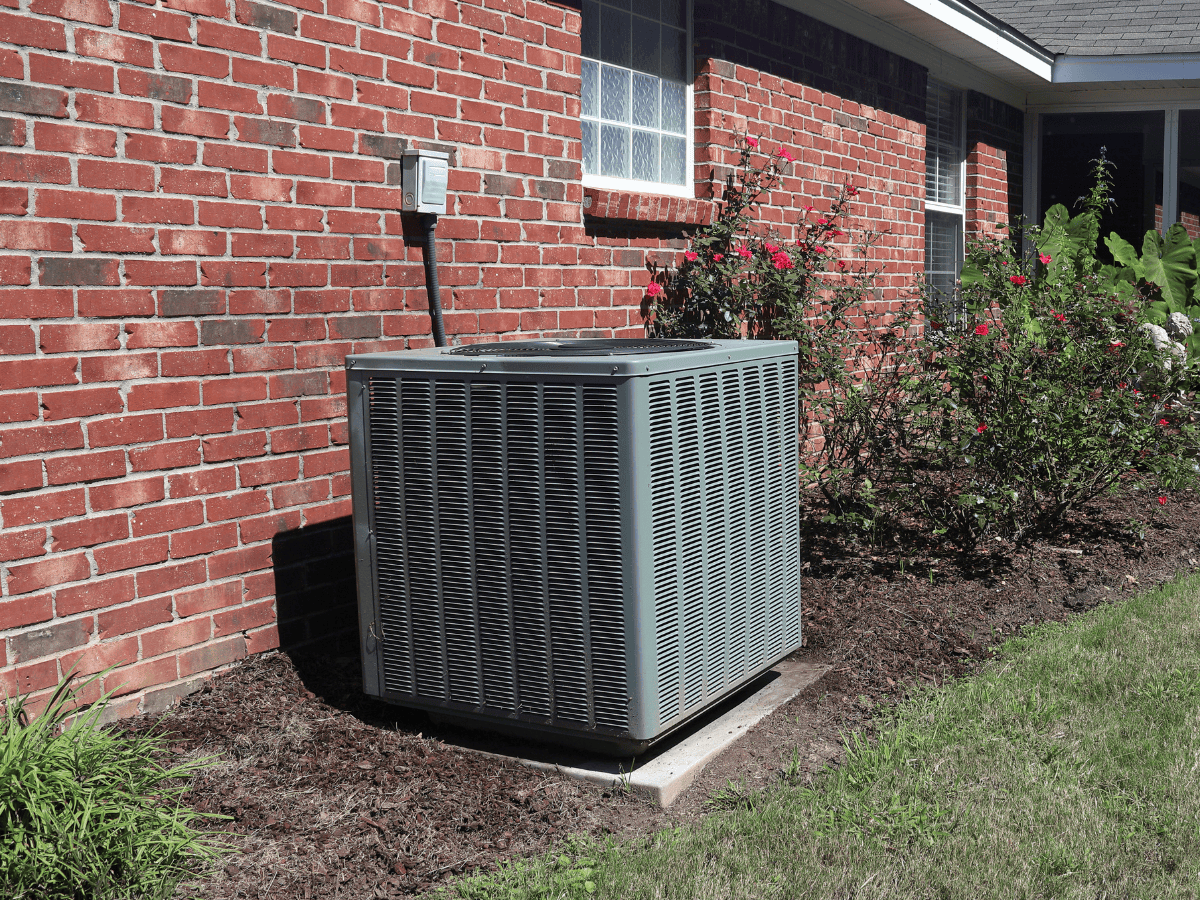Is your AC system struggling to keep you cool, or do you see dripping water pooling around your unit? Often, the problem traces back to your AC drain pan.
This small component plays a crucial role in keeping your HVAC system running smoothly by collecting condensation and preventing water damage. When it malfunctions—due to leaks, clogs, or cracks—it can cause your AC unit to stop working or damage your home.
In this guide, we’ll explain common air conditioner drip pan problems, how to fix them, and when it’s time to replace this important component.
What Is an AC Drip Pan?
Your air conditioner’s main job is to pull heat and humidity out of the air. As warm air blows across the icy cold evaporator coils inside your indoor unit or air handler, moisture in the air condenses—just like droplets on a cold glass of iced tea.
That water needs somewhere to go. Enter the condensate drain pan, also known as the drip tray or AC drain pan. It sits beneath those coils, catching the water droplets. From there, the water should travel through a small drain pipe called the condensate drain line and safely exit your home.
Without this little pan doing its job, you’d have dripping water leaking into your walls or onto your floors, leading to mold, stains, and costly AC repair needs on your HVAC unit.
Common AC Drip Pan Problems You Should Watch For
While simple in concept, your drip pan can run into a few stubborn issues over the years. These are the most common we see here in River Valley homes.
1. Leaks or Cracks in the Drip Pan
Over time, plastic pans may crack due to constant exposure to water and temperature changes. Metal pans (less common today) might rust or corrode. When this happens, water can leak out and cause damage to floors, walls, or ceilings.
2. Clogged Condensate Drain Lines
Dirt, dust, and algae can build up in the drain line, causing blockages. When the water can’t drain properly, the drip pan fills up and overflows, sometimes triggering your AC’s automatic shut-off to prevent damage.
3. Overflowing or Pooling Water
If you notice water pooling around your indoor AC unit or damp spots nearby, it’s a sign your drip pan isn’t draining properly.
4. Mold and Mildew Growth
Water left in a cracked or clogged drip pan can quickly grow mold and mildew. This can spread to your blower and ducts, lowering your indoor air quality and putting your family’s health at risk.
How to Inspect Your AC Drip Pan at Home
So, how do you know if your AC drip pan is in distress? A few signs to watch for include:
- Turn on your AC and let it run for 20-30 minutes.
- Look around your indoor unit for any signs of leaking water or dampness.
- Turn off the power to your AC unit to stay safe.
- Remove the access panel to locate the drip pan underneath the evaporator coils.
- Use a flashlight to check for cracks, rust, or standing water.
- Pour a small amount of water into the pan to see if it drains properly.
If you’re the hands-on type, you can carefully remove the access panel and take a flashlight to inspect the pan. Look for standing water, cracks, or rusty spots. Gently pour a small cup of water into the pan to see if it drains away as it should. If it lingers or leaks, it’s time to call in help.
Fixing AC Drip Pan Problems: DIY vs. Professional Help
While homeowners can do minor cleaning and simple inspections, some issues are best left to the experts:
- DIY: Flush the drain line with a vinegar solution, wipe dirt from the pan, and clean out small debris you see around the unit to help prevent future clogs.
- Professional Service: Repairing or replacing cracked drip pans, unclogging stubborn drain lines, treating mold growth, fixing refrigerant problems that cause excessive icing, or full AC repair—are best left to the pros.
At River Valley Air Conditioning, we’re here to handle the tough stuff and keep your system running smoothly.
When to Repair, Seal, or Replace Your Drip Pan
Not every pan problem requires a full replacement. Small cracks can sometimes be sealed with a special waterproof compound. However, if the pan has multiple cracks, extensive rust, or the structure is weakened, a replacement is the safest route.
Meanwhile, if the pan is perfectly intact but water is still overflowing, that’s usually a sign of a clogged drain line. A professional can flush the line, clear blockages, and apply treatments to prevent algae from returning.
Either way, catching these problems early can save you from hefty repair bills down the road.
Keep Your AC Drip Pan in Top Shape Year-Round
The good news? Preventing drip pan problems is easier than you think. Regular maintenance, including professional cleaning of the condensate drain pan and air filter, can prevent clogs and leaks before they start.
We recommend scheduling a yearly AC tune-up, especially before the warmer months when your unit works hardest.
Ready for Reliable AC Care? Call River Valley Air Conditioning Today!
Don’t let a small drip pan issue turn into a big problem. At River Valley Air Conditioning, we’re proud to offer friendly, expert AC replacement and repair services that keeps your home cool, dry, and comfortable.
If you suspect your AC drip pan is leaking, cracked, or your drain line is clogged, give us a call anytime for inspections, repairs, or maintenance. We’ll be there with a smile, ready to keep your home cool, dry, and perfectly comfortable all season long.

